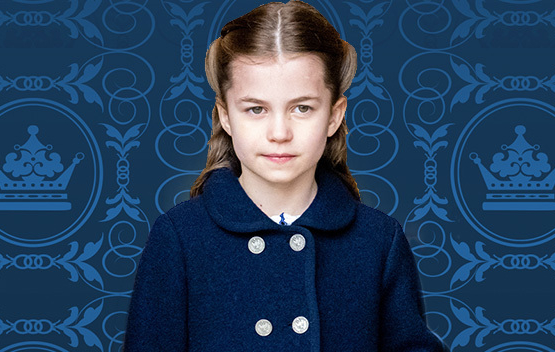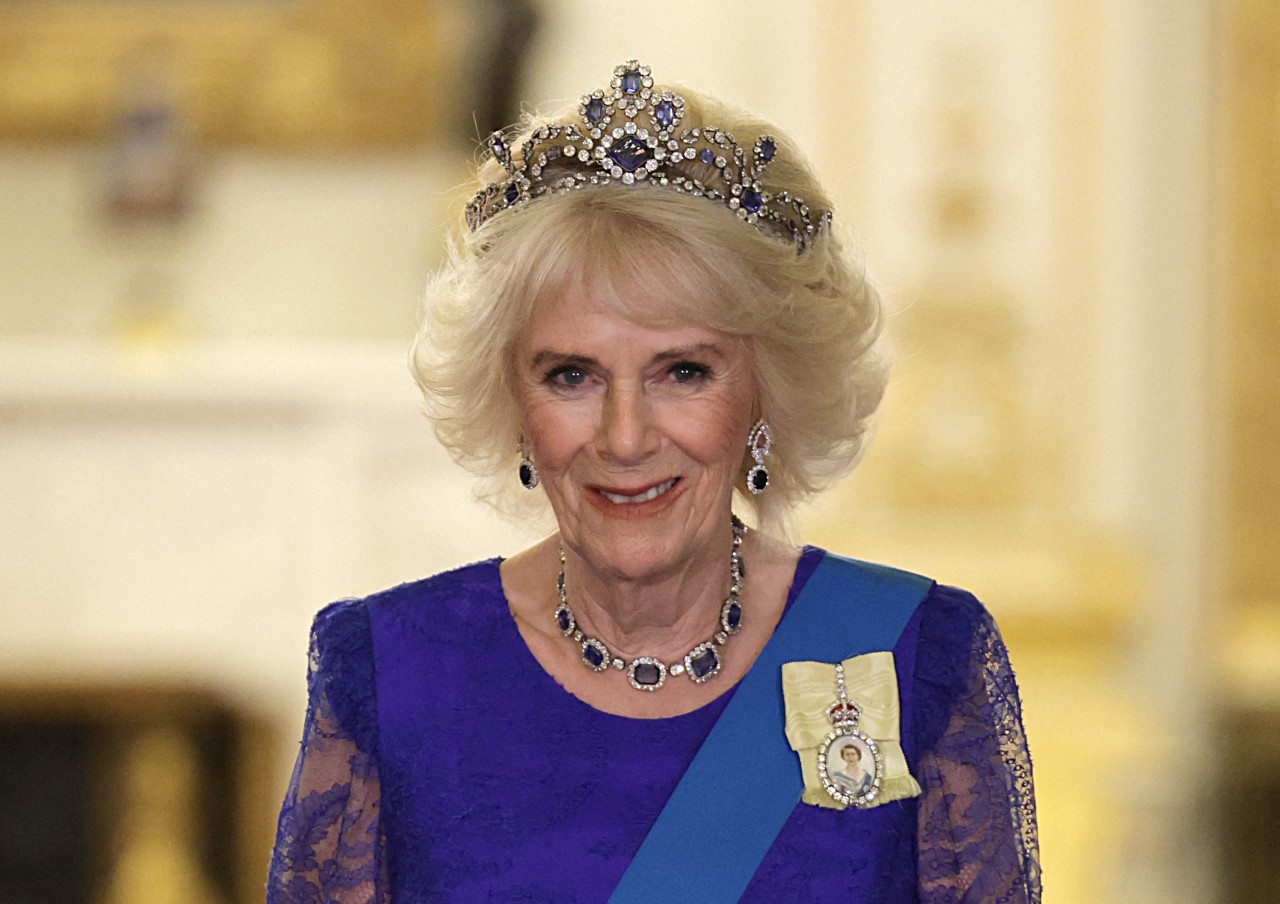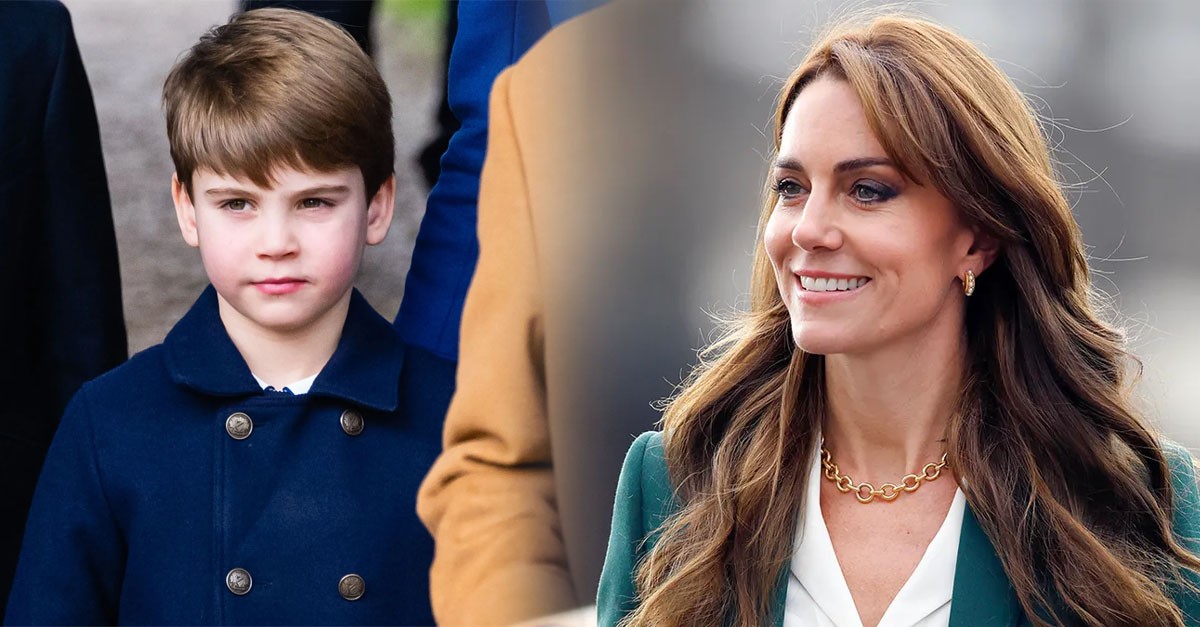It was a rainy afternoon when Princess Charlotte, in her playful spirit, ventured beyond her usual confinement inside Kensington Palace. While searching for her beloved toy bunny, she wandered into a rarely-used corridor that led to a locked room. What she discovered inside would change everything.

As Charlotte pushed open the heavy wooden door, she found herself in a dimly lit room filled with covered boxes and a faint scent of old perfume. To her surprise, she spotted Queen Camilla, starting and fidgeting with something shiny near Princess Diana's old jewelry trunk. Charlotte froze, sensing that something was missed.
Queen Camilla's reaction was anything but calm. She quickly attempted to shield something beneath her coat, her demeanor shifting from startled to defensive. Charlotte's innocent curiosity turned to unease as she noticed a tag with her grandmother's name on it.
Camilla's nervousness was palpable. "You shouldn't be here, darling," she said, her voice lacking warmth. Charlotte, sensing the tension, remains silent but observant. The drawer Camilla hastily closed had once held Diana's iconic sapphire ring, a piece promised to Charlotte as a cherished heirloom.
After Queen Camilla's abrupt departure, Princess Charlotte took a moment to survey the room. One drawer remains ajar, revealing an empty velvet-lined space where Diana's sapphire ring should have been. This was not just any jewelry; it was a sacred royal heirloom, meant to be passed down through generations.

The significance of the missing jewelry cannot be overstated. Princess Diana's sapphire ring and matching bracelet were not merely decorative items; they represent a connection to her legacy. The understanding within the royal family was that these pieces belonged to Diana's grandson, not to Queen Camilla.
That evening, Charlotte's unease manifested during dinner. Noticing her daughter's distractions, Kate gently probed for answers. When Charlotte revealed what she had testified, Kate's heart raced with concern.
Charlotte recounted her encounter with Camilla, explaining how she had seen the drawer open and empty. This revelation sends Kate into action. The next morning, she discreetly checked the storage wing and confirmed her worst fears: the sapphire bracelet was indeed missing.
With the evidence mounting, Kate reached out to Prince William, who immediately took charge of the situation. He quietly influenced the palace registrar to check the inventory, confirming the missing item.
Later that evening, William and Kate gathered with Charlotte to discuss the incident. The details matched perfectly with the inventory report, solidifying their suspicions about Camilla's actions. They decided to keep the matter within the family, aware of the potential fallout if it were to become public.
As the royal family navigated this delicate situation, a critical question emerged: Could Queen Camilla be trusted? If she had crossed a line once, what was to stop her from doing so again? The implications of this incident extend far beyond a missing piece of jewelry; it threatens the very fabric of trust within the royal family.
In the coming days, the royal family will have to address not only the missing jewelry but also the deeper issues of loyalty and legacy. For young Charlotte, this experience will shape her understanding of her family's history and the responsibilities that come with it.

